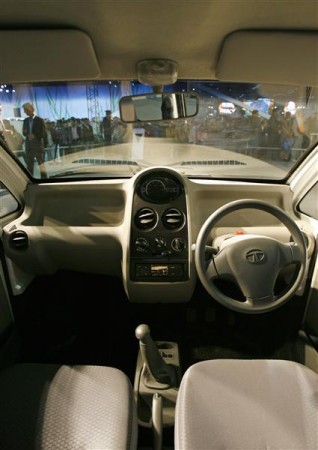How does then loyalty work in the digital age? Is it any different from the traditional way?
The main difference seems to be that purchasing decisions are made much later in the purchasing process, majority in the store. The other is that influence from friends and social network are much more visible and play an integral role in the decision. The Enjoy, advocate, and bond cycle after a purchase is much more important than previous. It reinforces the purchase decision and drives recurring purchasing at a much greater extent than previous. The other is that it has much greater effects on what your friends decide to purchase.
So are your marketing Euros well spent? Are they in the store in due time for the purchase decision? Are they helping your customers to enjoy, advocate and bond to the product and brand?
Here are some ideas on what could make it simpler in the customer decision journey:
- Where do your customer encounter your products and services? Is it attractive to buy? Simple and convenient? Do capture the value and experience, do the customer have to make other decisions? Make the experience the purchase, not the product itself.
- What is the physical experience? Packaging, instructions, registration, etc.
- After the purchase, is the value there to be enjoyed? If the customer experiencing any problems, can they easily get access to support and advice?
- How can the customer advocate their purchase and experience? Which ways to express themselves through real world and on the web? If I buy a SAAB, will I get something that shows I have a SAAB outside of actually showing my car? Wallet, belt, shirt, iPhone app, email signature, etc? The more digital it is the easier to turn it into actual advocacy. If it is an iPhone app then you can easily share parts of it with your friends.
- Bonding is a little bit harder as it requires more time to build up. The advocacy builds bond as well since a recommendation reinforces ones own perception.
Take aways:
- Purchase decision is much later influenced by friends.
- Advertisement Euros in the right customer decision journey steps.
- Ensure customer experience to start the reinforcement feedback loop. Experience, not discrete products that needs assembly.
More to read:
- HBR Dec 2010: Branding in the digital age


























